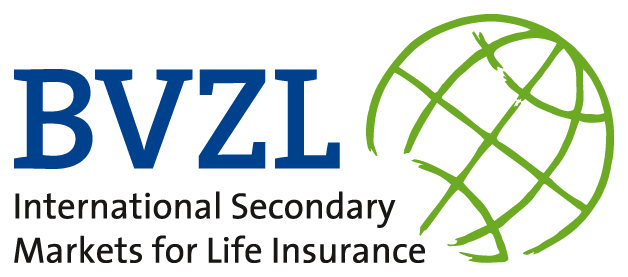
Market Overview US
In contrast to the endowment policies known in Germany, life insurance policies in the US, in general, were not made to provide for retirement and old age but to hedge individual risks, for example, to secure the family in case of death or to finance inheritance estate taxes. If – for various reasons – these insurance coverage is no longer needed, the insured/policy owner frequently wants to stop maintaining his contract and the required – partially high – premium payments.
Instead of cancelling the policy to obtain a low (or even no) surrender value, the policy owner may generate higher proceeds by selling the policy on the secondary market.
Investors will acquire these special life insurance policies (US senior life settlements) from the insured/policy owners and become the new beneficiary; they take over the future premium payment obligations and collect the complete insurance sum payment (death benefit) at maturity. Thus, the difference between the death benefit amount and the purchase price plus additionally paid premiums determines the return from this business model.
In the meantime, also a tertiary market has established, where professional investors purchase and sell individual US life settlement policies or portfolios in B2B-transactions.
